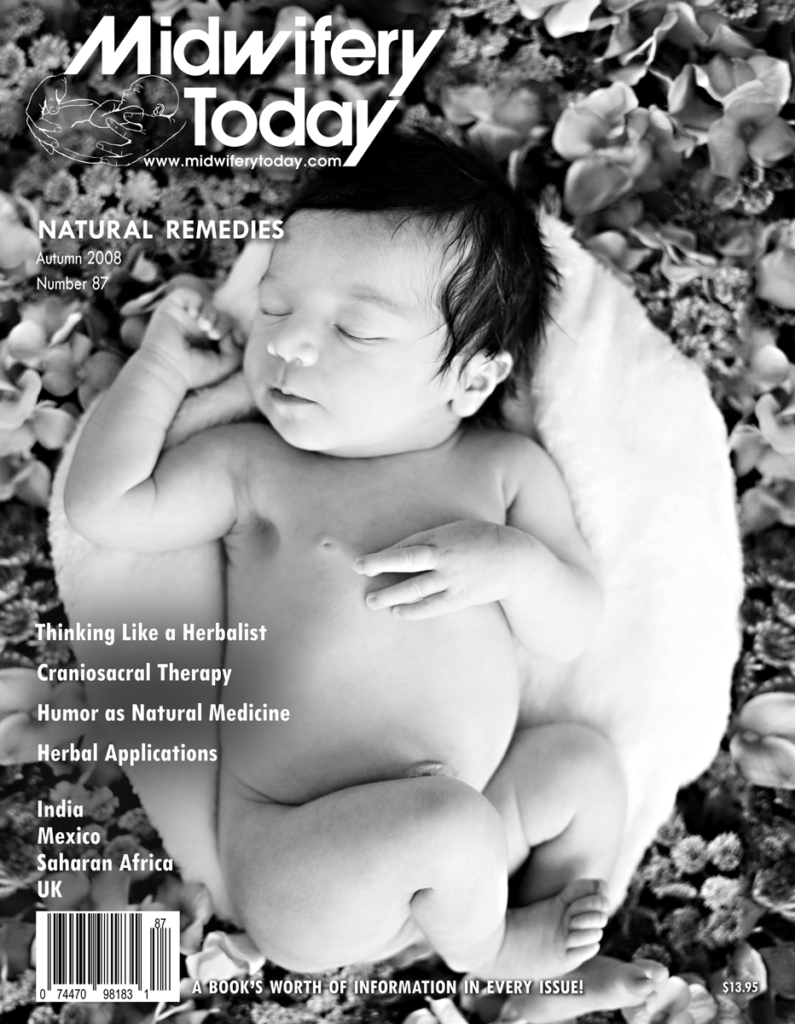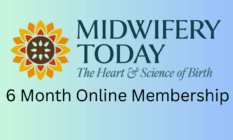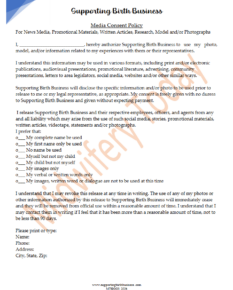
Issue 87
Autumn 2008
 Theme: Natural Remedies
Theme: Natural Remedies
With technology and pharmaceutical remedies having taken over birth, natural remedies are often forgotten. In this issue we share a variety of natural remedies that can help make birth better. Included are herbs, chiropractic, humor, naturopathy, homeopathy and massage. As an added bonus, this issue also contains a thought-provoking article by Michel Odent on the origins of the language of birth and the negative impact such words can have on women.
Michele Anderson, of Pinkle Toes Photography, creates images that are spontaneous, fresh and full of life. She loves watching how moms, dads, newborns and children interact in their families, and uses beautiful light, bold colors and deep contrasts to highlight those incredible moments. Her portfolio and recent works can be found at www.pinkletoes.com.
Columns
- Poetry: Where Do Babies Come From—Amanda Bird
- From the Editor: The Power Belongs to Motherbaby—Jan Tritten
While herbs and other remedies have their use in pregnancy, we need to remember that it’s the women and their babies who actually do the birthing. - Networking
- Tricks of the Trade
- Marion’s Message: Natural Healing—Marion Toepke McLean
Marion discusses three common herbs that are useful in childbirth. - Media Reviews
- News
- Classified Advertising
- Calendar
- Photo Album
Features
- Thinking Like an Herbalist—Janice Marsh-Prelesnik
A short course in the action and uses of herbs, with a focus on comfrey. - Humor as Natural Medicine—Kate Prendergast
The author discusses the use of humor as a natural remedy. - Being the Quiet Midwife/Doula in the Corner—Ana Paula Markel
Sometimes the best remedy for a couple having a baby is to be left alone. - Craniosacral Therapy in the Midwifery Model of Care—Kara Maia Ananda
Learn about craniosacral therapy and how it can be used to prevent and health birth trauma. - A Healthy Baby Isn’t All That Matters—Christy Fiscer
Often a cesarean birth can have a long-term negative effect on a woman. Christy Fiscer describes her personal journey following a misguided cesarean and intensive care hospitalization of her son. - Supporting Pregnancy with Massage Therapy—Carole Osborne
Birth care providers have a variety of tools at hand, one of which is massage. This article discusses how massage can be used during pregnancy and postpartum, and how to go about finding a practitioner with expertise in the perinatal period. - Dispelling the Disempowering Birth Vocabulary—Michel Odent
Did you know that in German the word “scham,” which is the first component of monay words related to the female genitalia and pubic region means “shame”? In this reprint from his Primal Health Newsletter, Dr. Odent deconstructs the disempowering birth vocabulary that underlies how birth is viewed in most cultures. - Two Women Trusting Birth—Paulina G. Perez and Jamie D. Perez
A mother and a grandmother write about the same birth from their own perspectives. - Chiropractic Evaluation and Management of the Pregnant Patient: An Update from Recent Literature—Lindsey Zerdecki and Steven Passmore
This article details the current explanations for the changes of pregnancy and discusses the potential role of chiropractic therapy for the pregnant woman. - Womb to Learn—Joni Nichols
A discussion and photos of an adult-sized uterus used for experiential education. - Herbal Applications—Demetria Clark
A primer of herbal applications, methods for preparation, indications for use and practical recipes and tips. - Naturopathic Modalities—Their Role in Achieving Positive Birth Outcomes—Lisa Doran and Nora Pope
Naturopathic medicine and midwifery go hand in hand, and some naturopaths are going on to obtain the specialized designation of naturopathic midwife. This article also covers the principles behind naturopathic midwifery. - The Midwife as Community Healer—Janice Marsh-Prelesnik
A photo collage from the 2008 Midwifery Today conference held in Philadelphia, with attributes of the “midwife as community healer.” - Touched a Nerve—Linda Magid
A unique story of how a Maori healer helped the author prepare her mind for birth. - When Homeopathy Works Too Well—Diane Gregg
Tales of births from a midwife with a passion for homeopathy.
International Midwife
- Cards & Letters
- The Good Guys: A Happy Little Secret—Joni Nichols
The “good guys” are doctors around the world who are practicing in ways that are congruent with midwifery, or are eager to learn. Joni Nichols focuses on two such doctors. - UK Connection
BirthChoices forms an alliance with Midwifery Today; A writing competition for student midwives in the UK. - Transition to Midwife—Jude Davis
Jude Davis shares this essay on her transition to becoming a midwife, and her thoughts in the experience of birth. - Indigenous Knowledge of Patalkot and Dangi Healers for Pregnancy Care—Garima Sancheti Acharya, Sanjay Pawar, Surendra Bhade, Devang Patel, Anshu Shrivastava, Manish Singh, and Deepak Acharya
The authors share traditional herbal knowledge from two regions of India, according to the problem needing treatment. - Traditional Midwives and the Fight against Malaria in Sub-Saharan Africa—Sudy Storm
Malaria is the most significant and widespread of tropical diseases in Sub-Saharan Africa. Sudy Storm shares the impact of this deadly disease and what midwives can do to fight it. - Traumatic Birth Leads to Creation of Birth Networks in India—Ruth Malik
The author shares how her birth experiences in India led her to create Birth India, a birth network that aims to promote the benefits of natural childbirth and best practices to achieve normal birth. - ICM Conference—Jan Tritten
An essay and photos highlighting the 2008 International Confederation of Midwives conference.
= Membership Article.





















